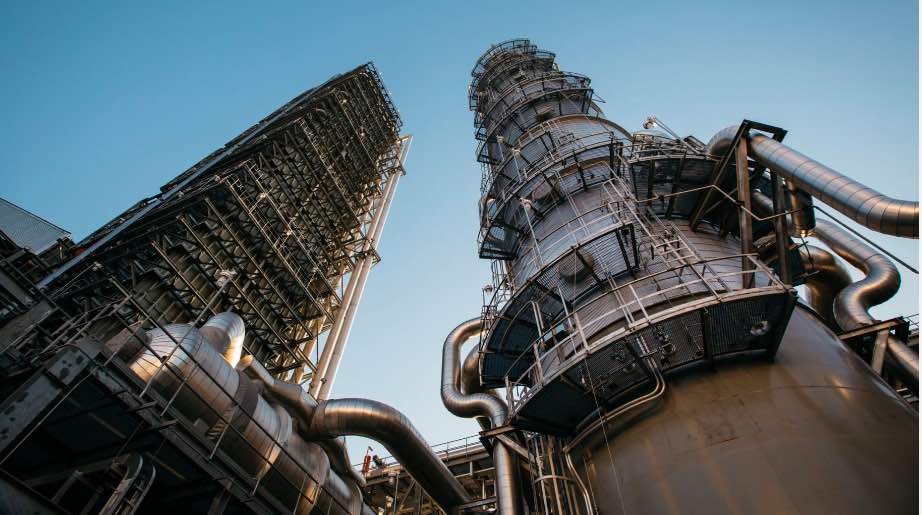The Morrison government will provide $50 million towards the ongoing development of carbon capture and storage technologies, which it says could be used for power stations, gas facilities and the production of fossil hydrogen, despite the repeated and high profile failures of the technology.
“The Fund will provide targeted support to a wide array of carbon capture, use and storage (CCUS) opportunities, including carbon recycling, negative emissions/direct air capture, and carbon capture and storage,” federal energy and emissions reduction minister Angus Taylor said on Monday, after announcing that applications for the funding were now open.
“The Morrison Government’s investment will reduce technical and commercial barriers to deploying these technologies and identifying potential project sites.”
Taylor said carbon capture and storage is one of the Morrison government’s five key technologies under its Technology Investment Roadmap, which aims to get the cost of storing carbon dioxide below $20 per tonne.
Federal resources minister, Keith Pitt, who opened the fund as part of a joint announcement with Taylor, sought to justify the Morrison government’s decision to spend $50 million on carbon capture technologies, despite there being little to show for previous government funding – totalling more than a billion – into such projects.
“Technology like this will be the key to further reducing emissions and ensure our premium quality coal will play an important role in Australia, and the world’s, energy needs for decades to come,” Minister Pitt said.
“The International Energy Agency confirms CCS combined with high-efficiency low emissions (HELE) technology reduces emissions by as much as 90 per cent, while providing cheap and reliable electricity.”
However, the CSIRO, which recently published an updated assessment of electricity generation costs specifically in the Australian context, found that new HELE coal plants combined with carbon capture and storage as one of the most expensive sources of new generation capacity – substantially more expensive than wind and solar firmed by storage.
Earlier analysis completed by the Australia Institute found that successive federal governments had spent more than $1.3 billion on the development carbon capture and storage technologies, with virtually nothing to show for it.
The government will consider applications for funding of between $500,000 to $25 million, and can be used towards a carbon capture project across a range of applications, including power generation, the production of natural gas and hydrogen, heavy industries.
Australia has just one operating carbon capture and storage project, which is attached to Chevron’s Gorgon LNG processing facility in Western Australia. That project, which commenced operation in 2019, is not attached to a power station but rather stores carbon dioxide extracted as part of its gas processing operations.
The Gorgon CCS project is supposed to have capacity to store up to 4 million tonnes of carbon dioxide annually, but has experienced significant delays and was recently hampered by issues caused by sand, which has limited the amount of carbon dioxide that can be stored under the seabed.
Global studies of the adoption of carbon capture and storage technologies have found that uptake is tracking significantly behind what had been projected by proponents. Many key flagship projects have either underperformed or been abandoned altogether.
Last month, the United State’s only operating carbon capture and storage facility – the Petra Nova project in Texas – announced that it would be shutting down indefinitely after concluding it was not economically feasible to operate the plant.










